Featured Articles
Flint and Tinder | Fire Making Basics For Everyday Survivalists Like You
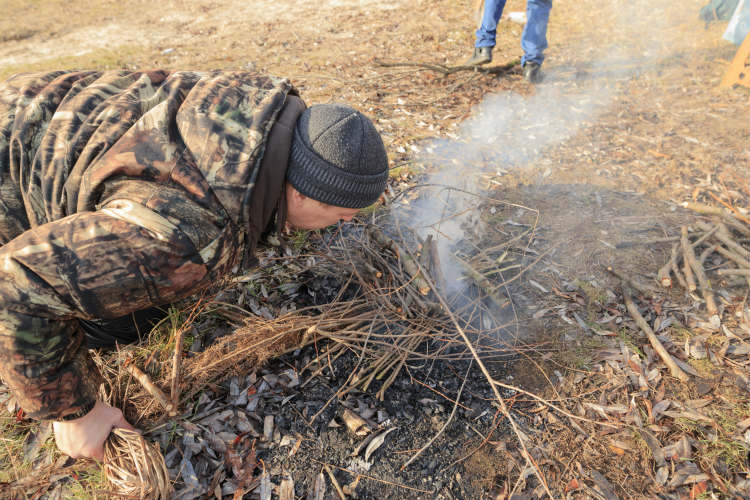
If you are just starting out as a survivalist, you should learn the basics of fire making. It can make all the difference and save your life. First, let’s talk about why fire is so important and why it is the key to staying alive. Read on to learn basic tips as well as different types of flint and tinder to assist in fire building.
Flint and Tinder | Fire Making Basics For Everyday Survivalists Like You
My Top Five Reasons
- To prevent hypothermia – The number one threat for any outdoor enthusiast.
- Water purification – Opinions on how long you should boil the water vary. In my opinion, boiling water for 7-10 minutes should be plenty of time to kill any waterborne pathogens that can cause serious illness.
- Cooking your food.
- To ward off predators and biting insects.
- To signal for help. Check out this article for other ways to signal for help in the wilderness.
The key to getting a fire going is pretty simple. All you need is a way to light the fire such as a lighter, flint or ferro rod, for example. Secondly, to give the fire it’s best chance for success, you will also need a great tinder. In this article, we will discuss different types of tinder with materials that you can find in the wilderness. I’ll also go over other ‘pre-made’ (man made) tinders that you can always carry with you in your survival kit.
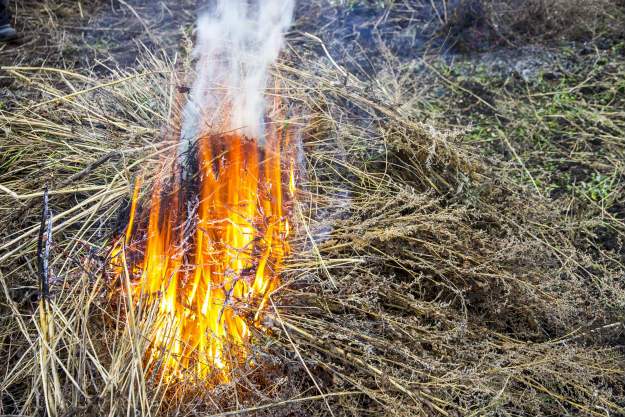
Finding Great Tinder in the Wilderness
Tree Bark
The type of tree bark will vary depending on your location. The most important characteristic of the bark is that it is dry. Break off the inner bark and shred or break it into small strips or chips, depending on the strength of the wood. Here are some tips to consider when using tree bark as tinder.
- Do not strip the tree bark unless it’s absolutely necessary. Cutting bark can damage or kill trees. Ideally, pick bark that is on dead trees or on the ground. Peeling bark off trees should only be done in an actual emergency.
- Different barks burn differently. As natural material, they will also burn differently depending on your environment, the season, and weather conditions.
- Choose cedar, if possible. You can spot a cedar tree by its reddish-brown fibrous bark that is easy to shred with your hands.
- Cut off a chunk of cottonwood bark with whatever sharp tool you have and whittle away the outer bark until you can see the cord-like strands on the inside. Cottonwood bark has a soft characteristic that can, like cedar bark, be stripped into small pieces.
Cattails
Search near bodies of slow-moving water for cattails, sometimes called bull rushes. Cattails are common throughout Europe and America and are abundant around swamps and ponds.
You want to use the bushy, cotton-like material on the top of the stem which flourishes in the fall as the plant goes to seed. Simply snap it off and ignite.
In mid to late summer, cattails bloom into a brown sausage-shaped substance on the top of the cattail. This part of the plant works for tinder as well. Snap it off and break or cut it open to get to the driest material possible.
Tinder Fungus
Locate trees with patches of tinder fungus, a specific growth that works excellent as tinder. Cut off a large piece and break it into smaller chunks if it is sufficiently dry.
Tinder fungus predominantly grows on birch trees, which can be identified by their white bark, and has the appearance of a chunk of burnt or blackened crusty bark. If the material is wet, you can slowly air-dry the fungus over time for later use.
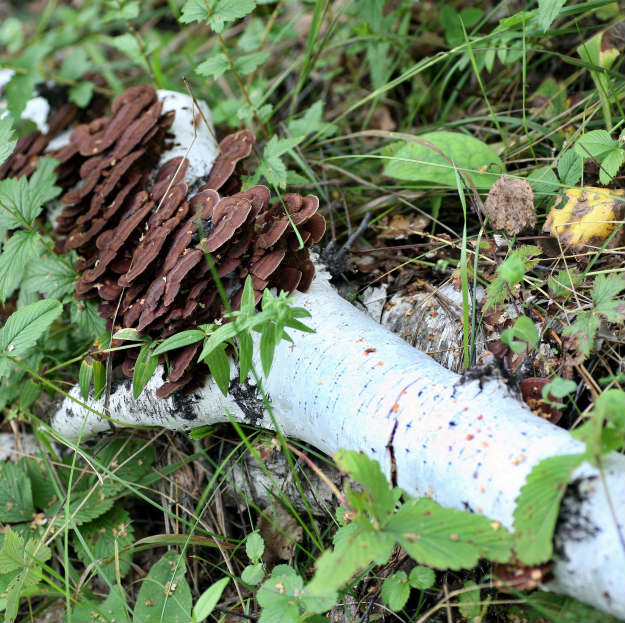
Bamboo Shavings
How to whittle bamboo reeds into thin shavings:
Holding a knife at a right angle with the blade pointing away from your body, run the blade back and forth to create small shavings. Your shavings should look similar to sawdust.
Other Plants and Materials in the Wilderness Used For Tinder
In a pinch, almost any dry plant material can be used as tinder.
This can include:
- Dry grass
- Leaves
- Sticks
- Dry pine needles
- Cotton fabric
- Natural twine or rope
These may not be the easiest materials to ignite, but they will kindle a fire in desperate situations.
Man Made Materials to Use as Tinder
Char Cloth
Make char cloth squares using pieces of cotton fabric. I find that a bandanna works really well for this process. Char cloth is such an invaluable resource to take with you when you venture into the outdoors.
How to make char cloth:
- Place several small squares (about one square inch in size) of cotton fabric into an airtight container that can withstand heat (I use a metal Altoids tin).
- Set the container in an already flaming fire for about five minutes.
- Remove the container from the fire using tongs and allow to cool.
- Open the container and observe the squares. They should be blackened in color.
Steel Wool
The steel wool you use to scour your pots makes an excellent tinder – all you have to do is light it. It can be purchased at your local grocery or hardware store.
Another way to use steel wool is with a 9V battery. Lightly pull apart the fibers of the steel wool and then touch the steel wool to the end of a 9V battery. Do this over your tinder bundle as the ignition is instant. Please use caution when you pack the steel wool and 9V battery in your survival kit – please pack them separately.
Dryer Lint
Collect dryer lint from the screen in your clothes dryer. Simply collect enough lint to form it into a long rod-shaped mold and ignite.
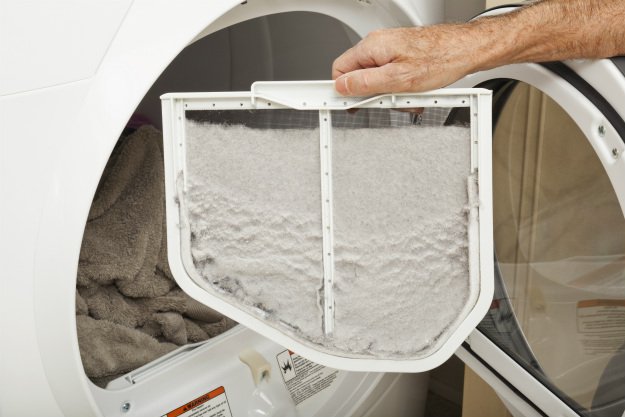
Cotton Balls
Tip: Soak cotton balls in petroleum jelly and store them in an airtight container. The petroleum jelly allows the cotton balls to ignite easily and allows them to burn longer.
Paper Products
Tear up whatever paper products are available to you into long shreds. A rolled-up newspaper, the cover of a paperback novel, or whatever paper material is available to you will help get a fire started. While you wouldn’t want to turn your map into tinder, any spare paper can work to ignite a fire, though it requires more patience than some of the other methods.
A quick note on ignition methods: While lighters or matches seem ideal, they can get wet which deems them pretty useless. As always, I recommend carrying a ferro rod at all times. For me, it’s one of those “you just never know” items.
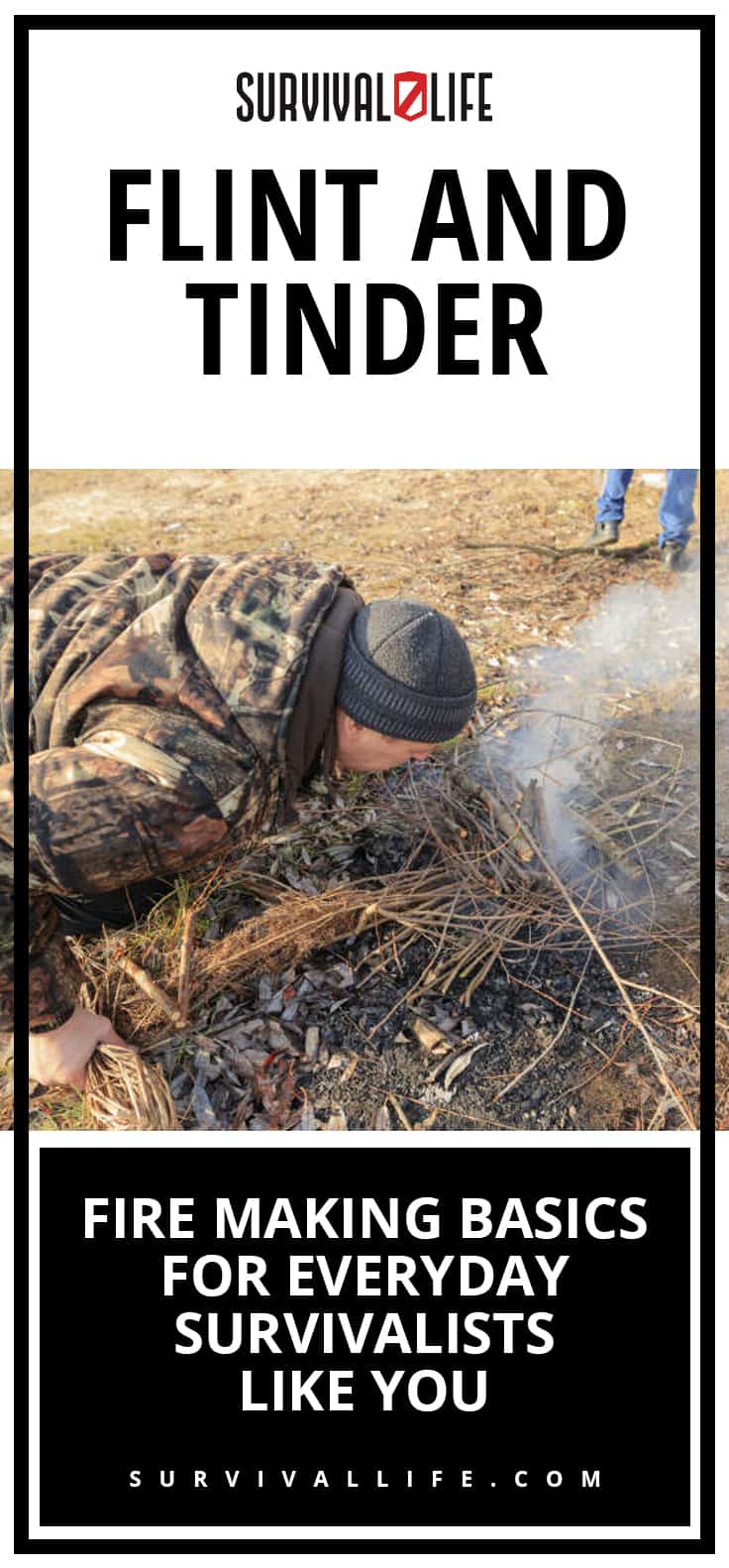
Do you use flint and tinder? Tell us in the comments below.
Want to learn more? Follow us on Facebook and Twitter for the latest survival tips and news!
Are you in need of some flint and tinder products to help you start a fire in the wilderness? Check out these options:
-

 Do It Yourself7 months ago
Do It Yourself7 months agoParacord Projects | 36 Cool Paracord Ideas For Your Paracord Survival Projects
-

 Do It Yourself9 months ago
Do It Yourself9 months agoHow To Make Paracord Survival Bracelets | DIY Survival Prepping
-

 Do It Yourself9 months ago
Do It Yourself9 months ago21 Home Remedies For Toothache Pain Relief
-

 Do It Yourself10 months ago
Do It Yourself10 months agoSurvival DIY: How To Melt Aluminum Cans For Casting
-

 Exports8 months ago
Exports8 months agoAre Switchblades Legal? Knife Laws By State

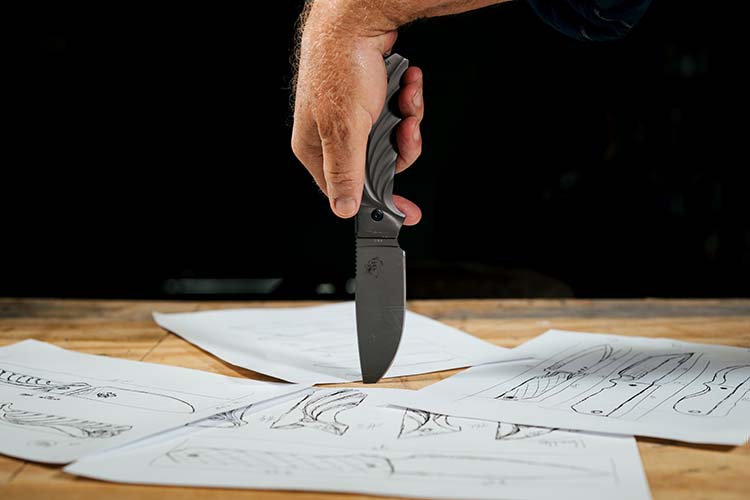



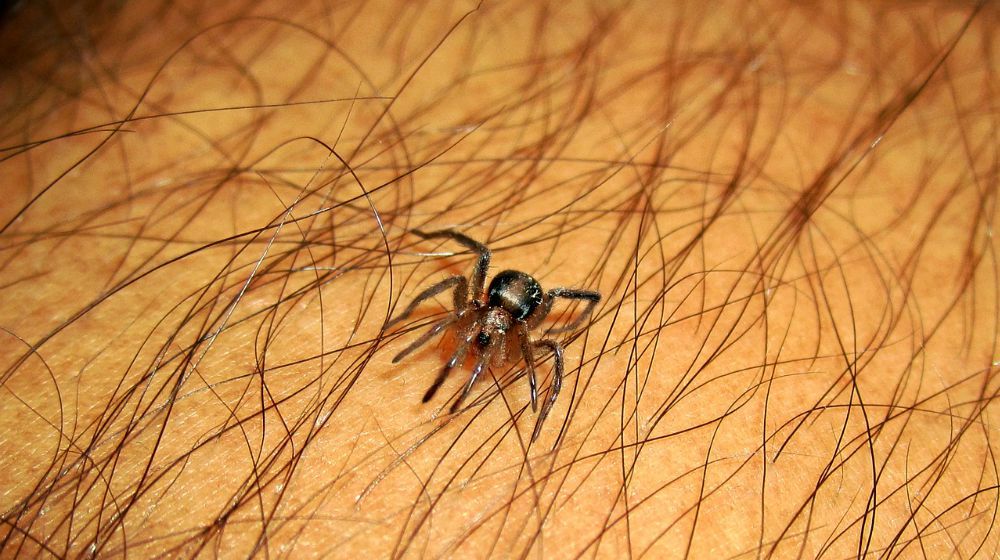
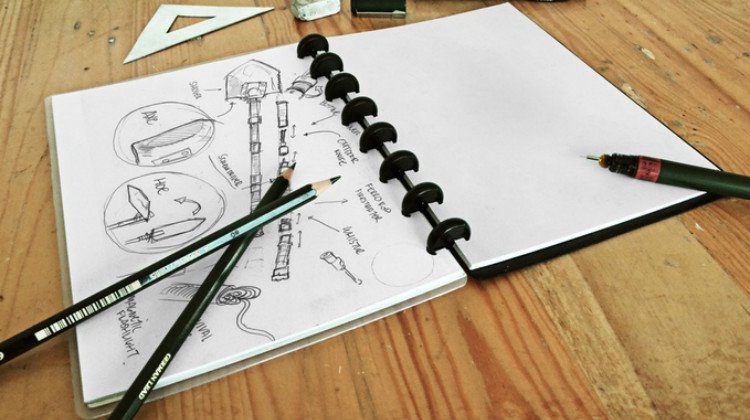


Pingback: Fire making for survival - Homestead Notes
Pingback: Ways To Start A Fire: Unconventional Tricks and Techniques | Survival Life
Pingback: Ways To Start A Fire | 17 Unconventional Tricks And Techniques – Ultimate Survival Alerts
Pingback: 7 Essential Fire Techniques To Help You Build A Fire Anywhere Anytime [PODCAST] – The Self-Sufficient Life
Pingback: 7 Essential Fire Techniques To Help You Build A Fire Anywhere Anytime [PODCAST] - Cooking in Quarantine
Pingback: 7 Essential Fire Techniques To Help You Build A Fire Anywhere Anytime [PODCAST] - Survivalnomics
Pingback: 7 Essential Fire Techniques To Help You Build A Fire Anywhere Anytime [PODCAST] – SurvivalHood
Pingback: 7 Essential Fire Techniques To Help You Build A Fire Anywhere Anytime [PODCAST] – surviveurself